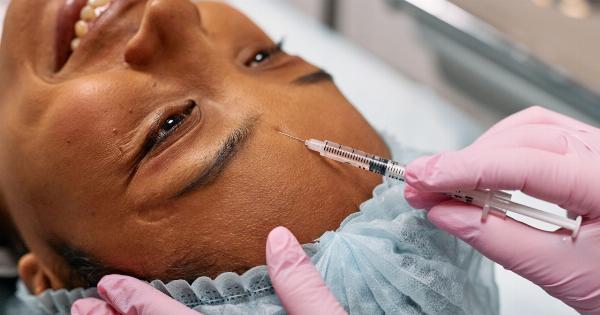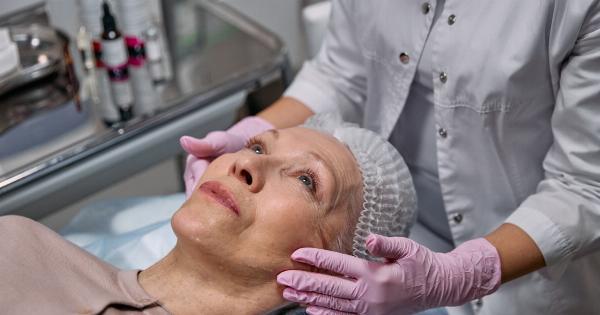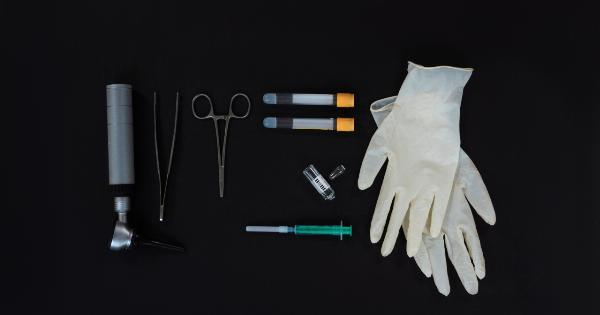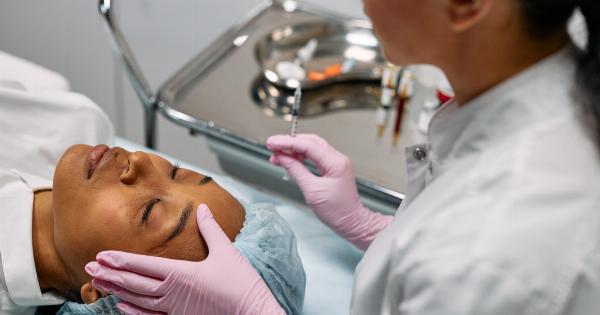Summer is just around the corner, and if you want to look your best at the beach, consider lip augmentation. This cosmetic procedure is the perfect way to enhance the volume, shape, and contour of your lips for a more attractive and youthful appearance.
Whether you want a subtle enhancement or a dramatic transformation, there are many options available to suit your needs and preferences.
Types of Lip Augmentation
There are several types of lip augmentation available, including injectable fillers, fat transfer, and surgical implants.
Each method has its own advantages and disadvantages, so it’s important to discuss your goals and concerns with a board-certified plastic surgeon or dermatologist to determine which option is best for you.
Injectable Fillers
Injectable fillers are the most popular type of lip augmentation because they are minimally invasive, require no downtime, and can deliver immediate results.
The most common fillers used for lip augmentation include hyaluronic acid (HA) fillers such as Juvederm, Restylane, and Belotero, as well as collagen and fat-based fillers. These injectables work by adding volume and definition to the lips, smoothing out fine lines and wrinkles, and hydrating the skin for a healthy glow.
Fat Transfer
Fat transfer, also known as autologous fat grafting, is a surgical procedure that involves removing fat from one area of your body, such as your abdomen or thighs, and transferring it to your lips.
This technique provides a natural-looking and long-lasting enhancement to your lips, with results that can be maintained for several years. It also has the added benefit of removing unwanted fat from other areas of your body, which can improve your overall body contour and shape.
Surgical Implants
Surgical implants are the most invasive type of lip augmentation and are typically reserved for people who want a lasting and significant enhancement to their lips.
This procedure involves inserting a silicone or Gore-Tex implant into your lips, which can provide a permanent increase in volume and shape. However, it requires a longer recovery period and carries a higher risk of complications compared to injectable fillers and fat transfer.
Benefits of Lip Augmentation
There are many benefits to lip augmentation, including:.
- Enhanced volume and definition
- Improved lip contour and symmetry
- Reduced fine lines and wrinkles
- Increased self-confidence and self-esteem
- Enhanced facial balance and proportion
- Rejuvenated and more youthful appearance
Risks and Side Effects
Like any cosmetic procedure, lip augmentation carries some risks and side effects, including:.
- Pain, swelling, and bruising
- Redness and tenderness
- Infection
- Asymmetry
- Implant movement or extrusion
- Allergic reactions
However, most of these side effects are mild and can be easily managed with over-the-counter pain relievers and anti-inflammatory medications. Complications are rare and can be minimized by choosing an experienced and qualified provider.
Preparing for Lip Augmentation
Preparing for lip augmentation involves several steps, including:.
- Consultation with a board-certified plastic surgeon or dermatologist
- Medical clearance from your primary care physician
- Stopping blood-thinning medications or supplements
- Discontinuing smoking and alcohol use
- Arranging for someone to drive you home after the procedure
During your consultation, your provider will review your medical history, perform a physical exam, and discuss your goals and expectations for the procedure.
They may also recommend additional treatments or procedures, such as Botox or dermal fillers for the surrounding areas of your face, to achieve the best possible results.
The Lip Augmentation Procedure
The lip augmentation procedure typically takes about 30 minutes to one hour to complete, depending on the type of augmentation you choose. The procedure is performed on an outpatient basis, which means you can go home the same day.
Here’s what you can expect during the procedure:.
- Your provider will apply a local or topical anesthesia to minimize any discomfort during the procedure.
- For injectable fillers, your provider will use a fine needle to inject the filler into your lips, carefully placing it in the desired location to create a natural-looking enhancement.
- For fat transfer, your provider will use liposuction to remove the fat from a donor area, such as your abdomen or thighs, and then purify it before injecting it into your lips.
- For surgical implants, your provider will make small incisions in the corners of your mouth and insert the implant into your lips, then close the incisions with sutures.
Aftercare and Recovery
After the procedure, you may experience some swelling, bruising, and discomfort in your lips, which should subside within 1 to 2 weeks. You may also need to apply ice packs or take pain relievers to reduce any pain or discomfort.
To minimize your risk of complications and ensure optimal healing, follow these aftercare instructions:.
- Avoid touching or rubbing your lips for at least 24 hours after the procedure.
- Avoid eating or drinking hot or spicy foods for at least 24 hours after the procedure.
- Avoid drinking straws or smoking for at least 24 hours after the procedure.
- Avoid vigorous exercise or physical activity for at least 48 hours after the procedure.
- Avoid exposure to the sun or tanning beds for at least 2 weeks after the procedure.
The Bottom Line
Lip augmentation can provide a safe, effective, and natural-looking enhancement to your lips, helping you achieve the perfect summer beach body.
With the right preparation, procedure, and aftercare, you can enjoy the benefits of fuller, more attractive lips that enhance your overall appearance and boost your self-confidence.





























